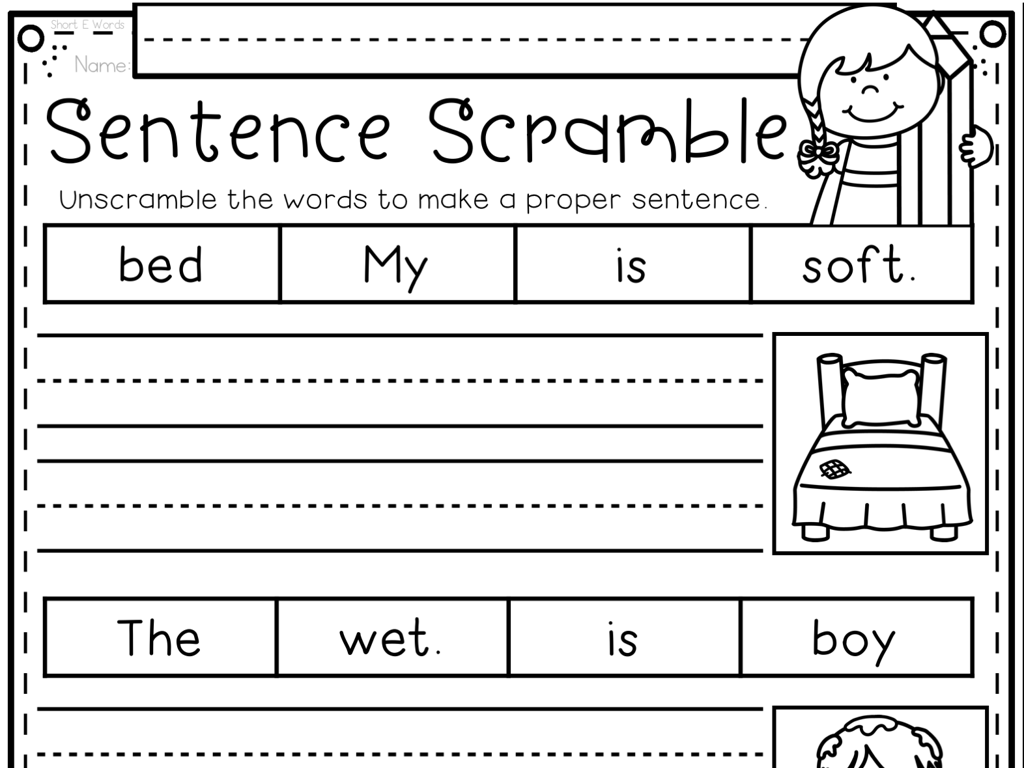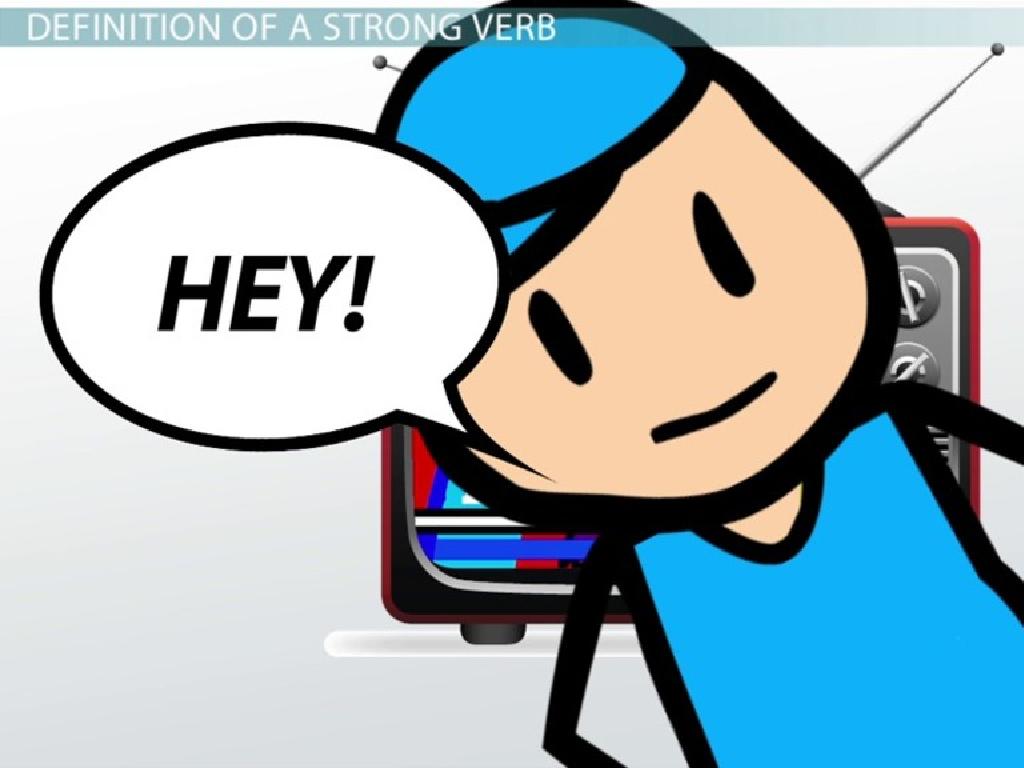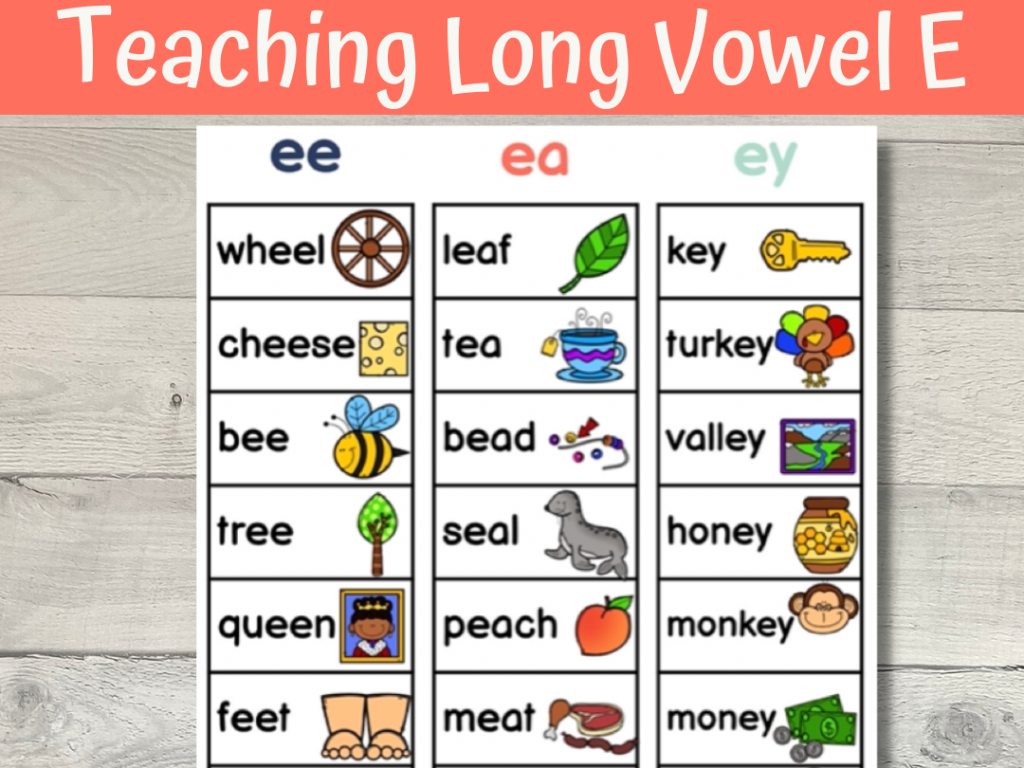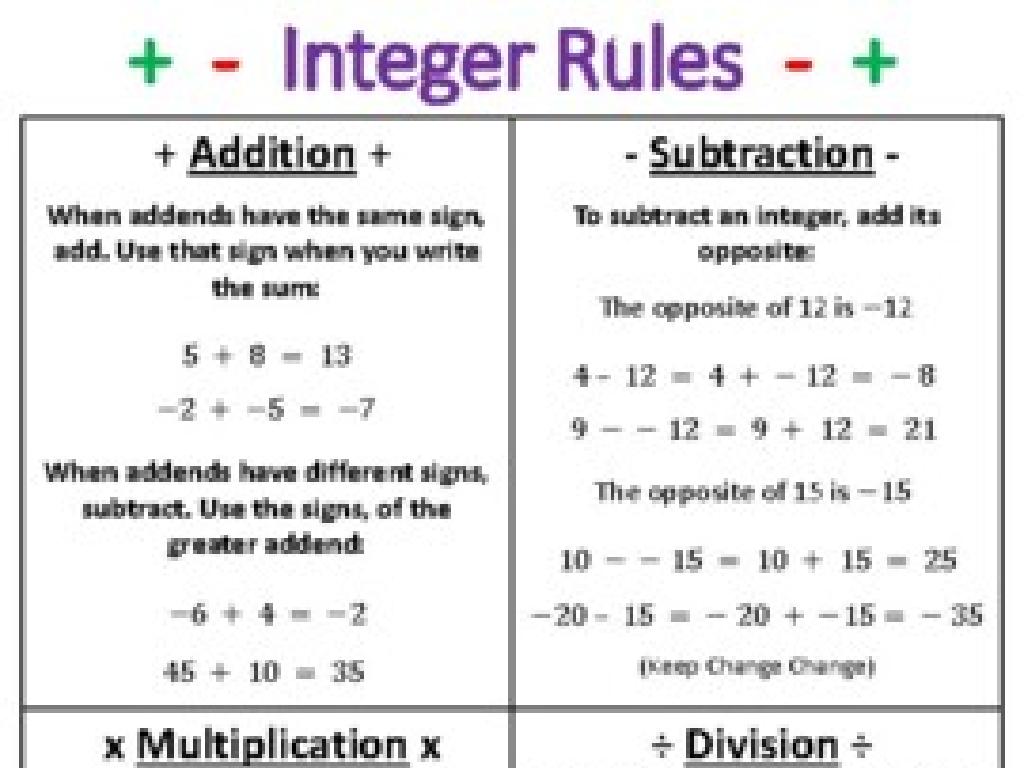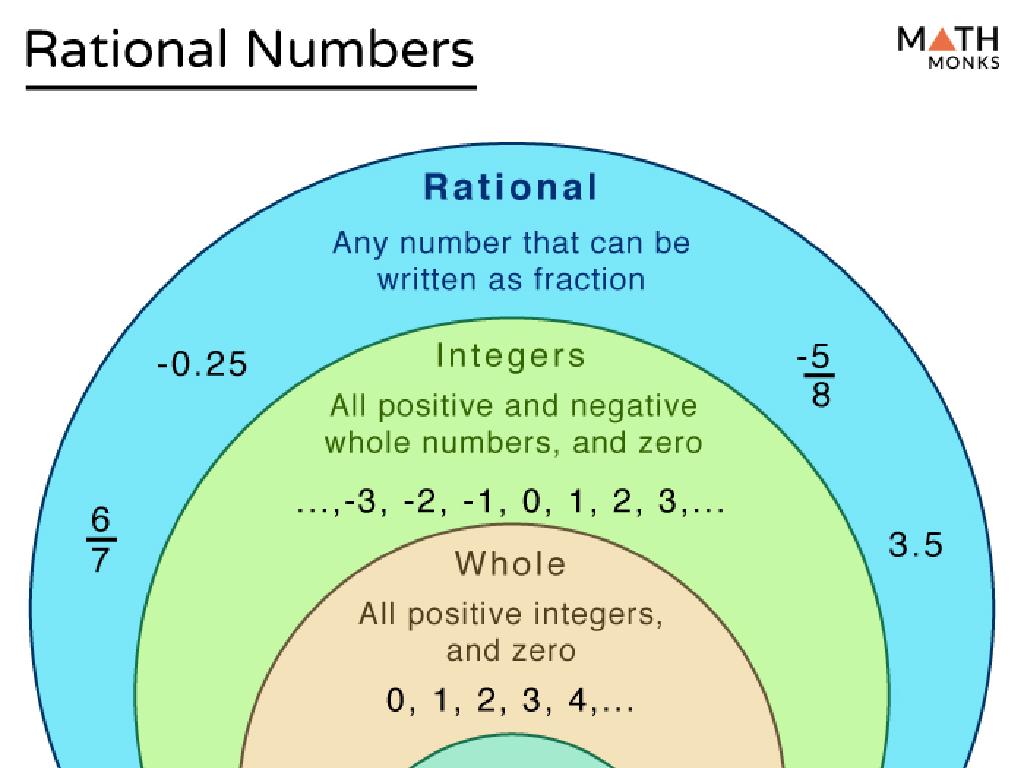Inside And Outside, Above And Below, Next To And Beside
Subject: Language arts
Grade: Kindergarten
Topic: Location Words
Please LOG IN to download the presentation. Access is available to registered users only.
View More Content
Exploring Location Words
– Learn about location words
– Words tell us where things are
– ‘Inside’ and ‘Outside’
– ‘Inside’ means within something, ‘Outside’ means not within
– ‘Above’, ‘Below’, ‘Next to’, ‘Beside’
– ‘Above’ means over, ‘Below’ means under, ‘Next to’ and ‘Beside’ mean at the side of
|
This slide introduces kindergarteners to basic location words, which are essential for describing the position of objects and people. Start by engaging the students with a simple question about their current location to make the learning interactive. Explain that location words help us describe where things are in relation to us or other things. Use classroom objects and students to demonstrate each word. For example, place a book inside a box and then take it outside. Hold a pencil above a desk and then place it below. Stand next to a student and then beside them. Encourage the children to use their bodies and classroom items to practice these words. This kinesthetic approach will help solidify their understanding of these concepts.
Exploring Location Words
– Location words tell us where
– Words like ‘above’ and ‘below’ show position
– They make directions clear
– ‘Next to’ and ‘beside’ mean by the side
– Help us describe our world
– We use them to explain places and things
– Examples: Inside, outside, above
– ‘Inside’ means within something, ‘outside’ means not within
|
This slide introduces kindergarteners to the concept of location words, which are essential for describing the position of objects and understanding directions. Use everyday examples to illustrate these words, such as ‘The ball is inside the box’ or ‘The bird is above the tree.’ Engage the students with simple activities where they can practice using these words, like placing an object ‘next to’ another object or standing ‘beside’ a friend. Visual aids can be very helpful for this age group, so consider using props or images to reinforce the concepts.
Exploring Location Words: Inside & Outside
– ‘Inside’ means within something
– A toy in a box is ‘inside’ the box
– ‘Outside’ means not within something
– A dog in the yard is ‘outside’ the house
– Examples of ‘inside’ and ‘outside’
– Classroom activity: Identify objects ‘inside’ the classroom vs. ‘outside’ in the playground
|
This slide introduces the concept of ‘inside’ and ‘outside’ as location words. Start by explaining that ‘inside’ means something is contained within another object or area, like when we are in our homes, we are ‘inside.’ Conversely, ‘outside’ is when something is not within something else, like playing in the yard, we are ‘outside’ our homes. Use tangible examples that are relatable to kindergarteners, such as toys in a box or pets in the yard. For the classroom activity, have students look around and point to things that are ‘inside’ the classroom and then discuss things that are ‘outside’ such as trees, playground equipment, or cars in the parking lot. This will help them understand and apply the concepts of ‘inside’ and ‘outside’ in a practical and engaging way.
Exploring ‘Above’ and ‘Below’
– ‘Above’ means over or higher
– ‘Below’ means under or lower
– Examples of ‘above’ and ‘below’
– The sun is above the clouds, shoes are below the table
– Class activity: Find ‘above’ and ‘below’
– Look around the classroom and point
|
This slide introduces the location words ‘above’ and ‘below’ to Kindergarten students. Start by explaining that ‘above’ means something is over or higher than another thing, like a bird flying above the trees. ‘Below’ means something is under or lower than another thing, like fish swimming below the water’s surface. Use classroom items to give clear examples, such as a clock above the door or a rug below your feet. For the class activity, encourage students to find and point out objects in the classroom that are above or below other objects. This interactive approach helps solidify their understanding of these concepts through practical observation and participation.
Understanding ‘Next to’ and ‘Beside’
– ‘Next to’ and ‘beside’ explained
– These words show one thing is by the side of another.
– Two things close together
– Classroom examples of ‘next to’
– The book is next to the apple on the desk.
– Activity: Find classroom pairs
– Look around and find items that are next to each other.
|
This slide introduces the location words ‘next to’ and ‘beside’ to Kindergarten students, emphasizing their meaning in a simple and relatable way. Explain that these words help us describe where things are in relation to each other. Use classroom objects to give clear examples, such as a book being next to an apple on a desk. For the activity, encourage students to look around the classroom and find items that are next to each other, fostering their understanding through practical observation. This interactive approach helps solidify the concept in a fun and engaging manner. Provide guidance and ensure each student can identify and articulate items that are next to each other.
Let’s Practice Location Words!
– Play a game to find objects
– Listen to the location word
– Point to an object that matches
– If I say ‘above’, point to something over your head!
– Have fun learning together
|
This slide introduces a classroom activity designed to help Kindergarten students understand and practice location words such as ‘inside’, ‘outside’, ‘above’, ‘below’, ‘next to’, and ‘beside’. The teacher will say a location word, and the students will point to an object in the classroom that matches the location word. For example, if the teacher says ‘below’, the students might point to a mat on the floor. This interactive game encourages active participation and helps students associate the vocabulary with physical space. The teacher should prepare a list of location words and corresponding objects in the classroom to ensure a smooth flow of the activity. Additionally, the teacher should be ready to assist students who may have difficulty understanding or participating in the game.
Class Activity: Location Word Hunt
– Let’s go on a treasure hunt!
– Find objects and describe their location
– Look around the classroom for objects to describe
– Use words: inside, outside, above, below, next to, beside
– For example, ‘The ball is inside the box’ or ‘The bird is above the tree’
– Team up with a friend for the hunt
– Share your findings with your partner and the class
|
This activity is designed to help students apply their knowledge of location words in a fun and interactive way. Set up the classroom with various objects placed in different locations. Encourage the children to use the specific location words ‘inside’, ‘outside’, ‘above’, ‘below’, ‘next to’, and ‘beside’ to describe where things are. They should work in pairs to foster teamwork and communication skills. As they find objects and describe their locations, they will better understand the meaning and usage of these words. After the hunt, facilitate a discussion where each pair can share their findings with the class. This reinforces their learning and allows them to hear the location words used in different contexts.

